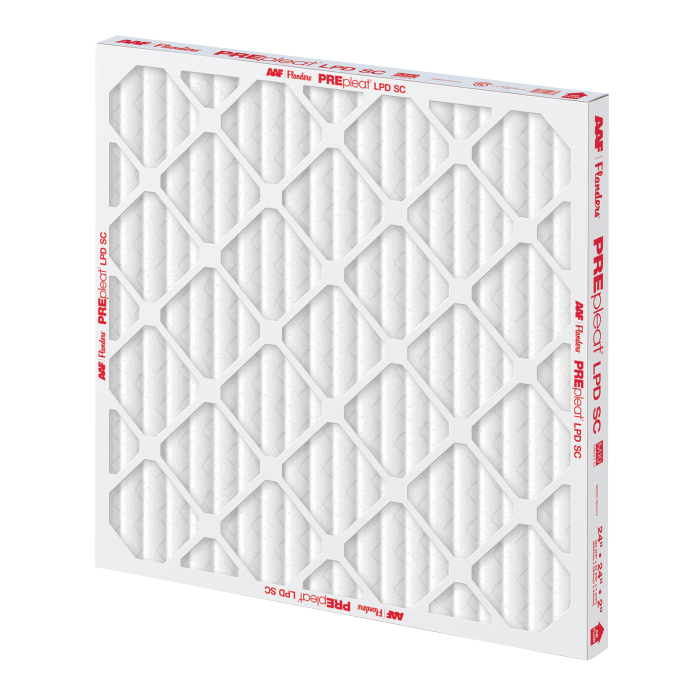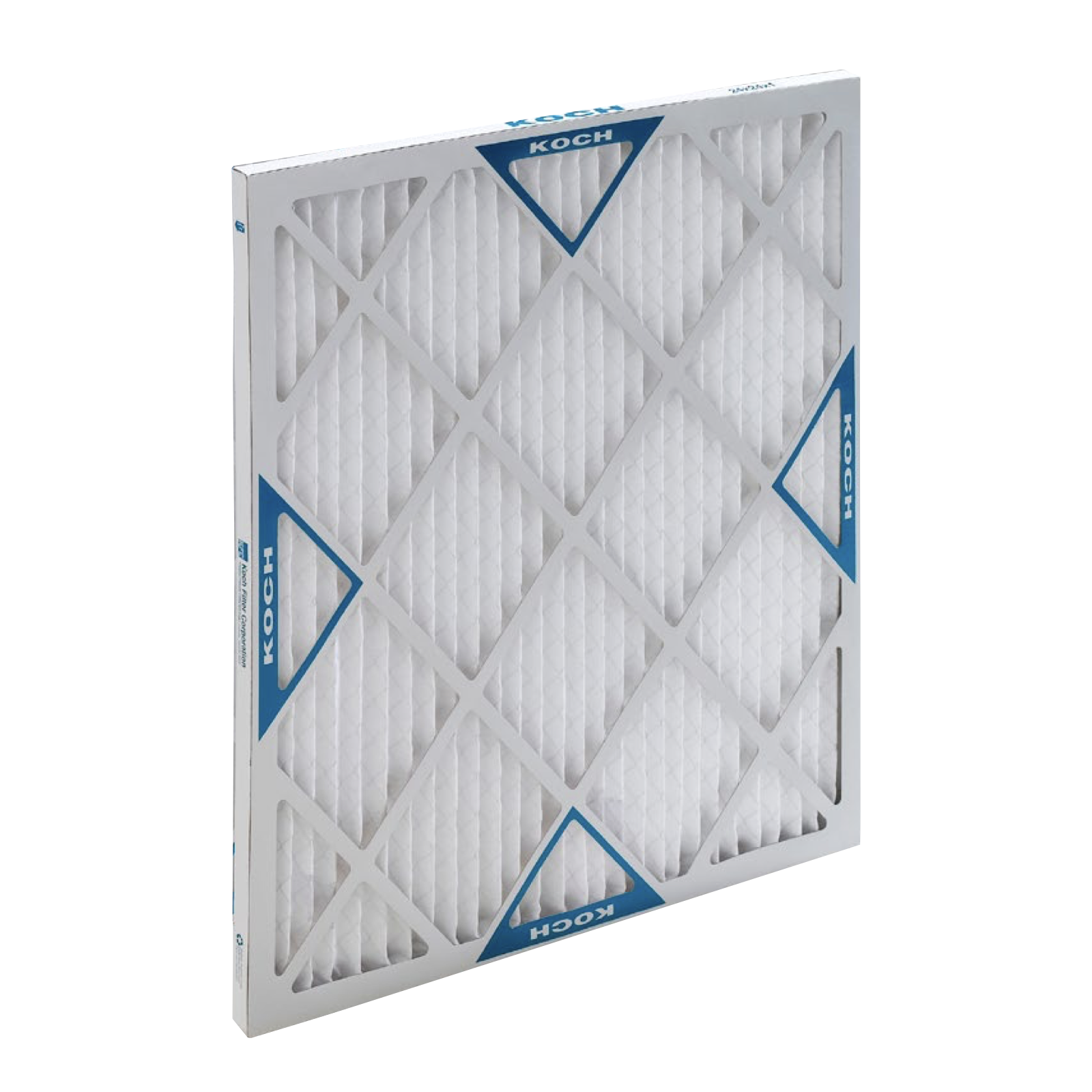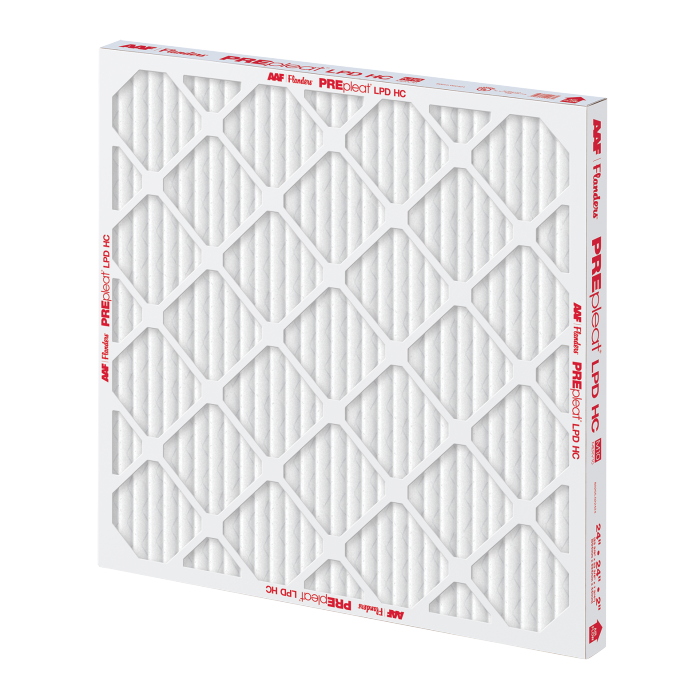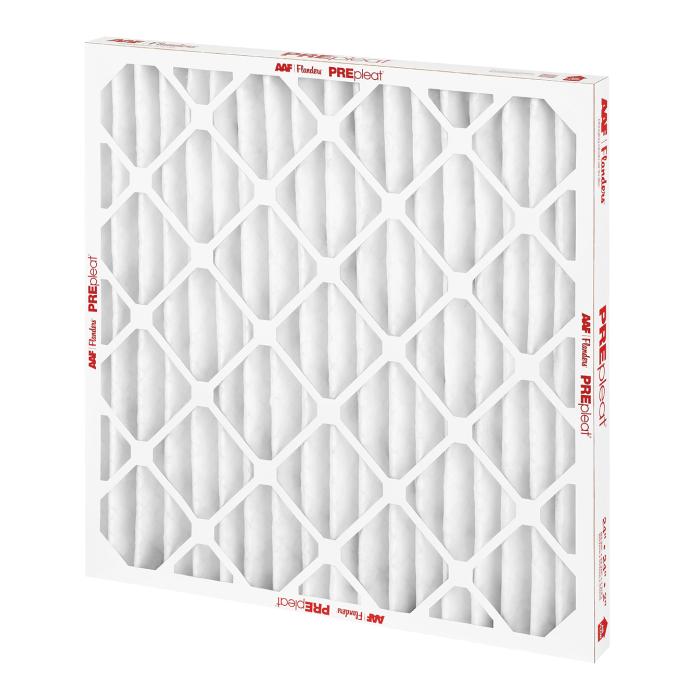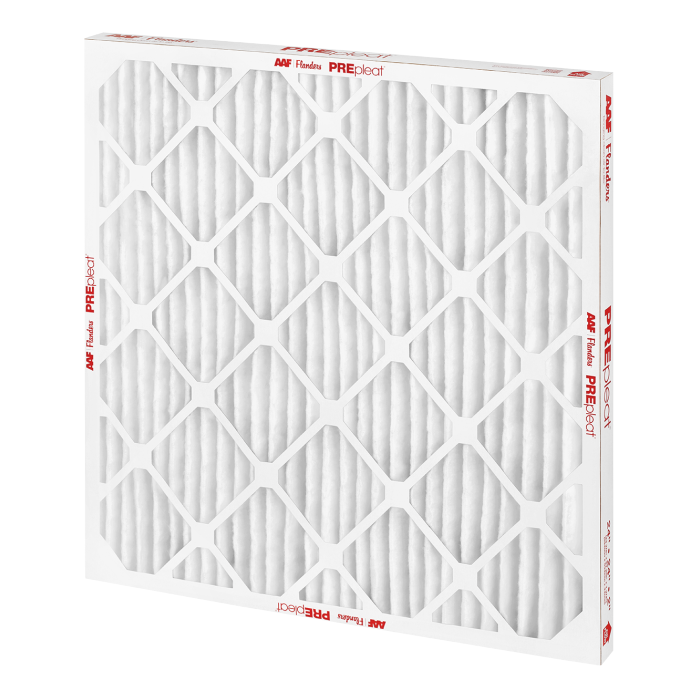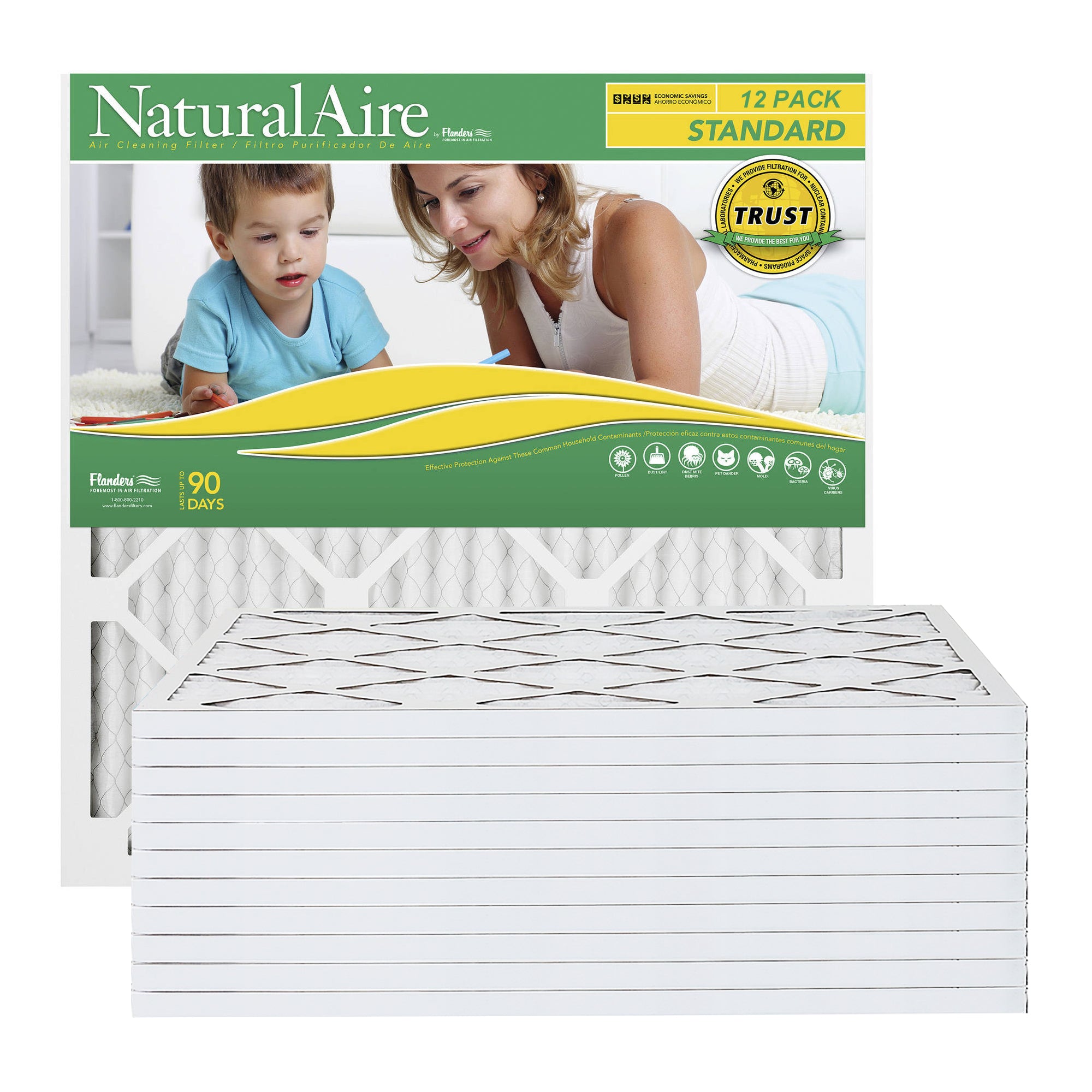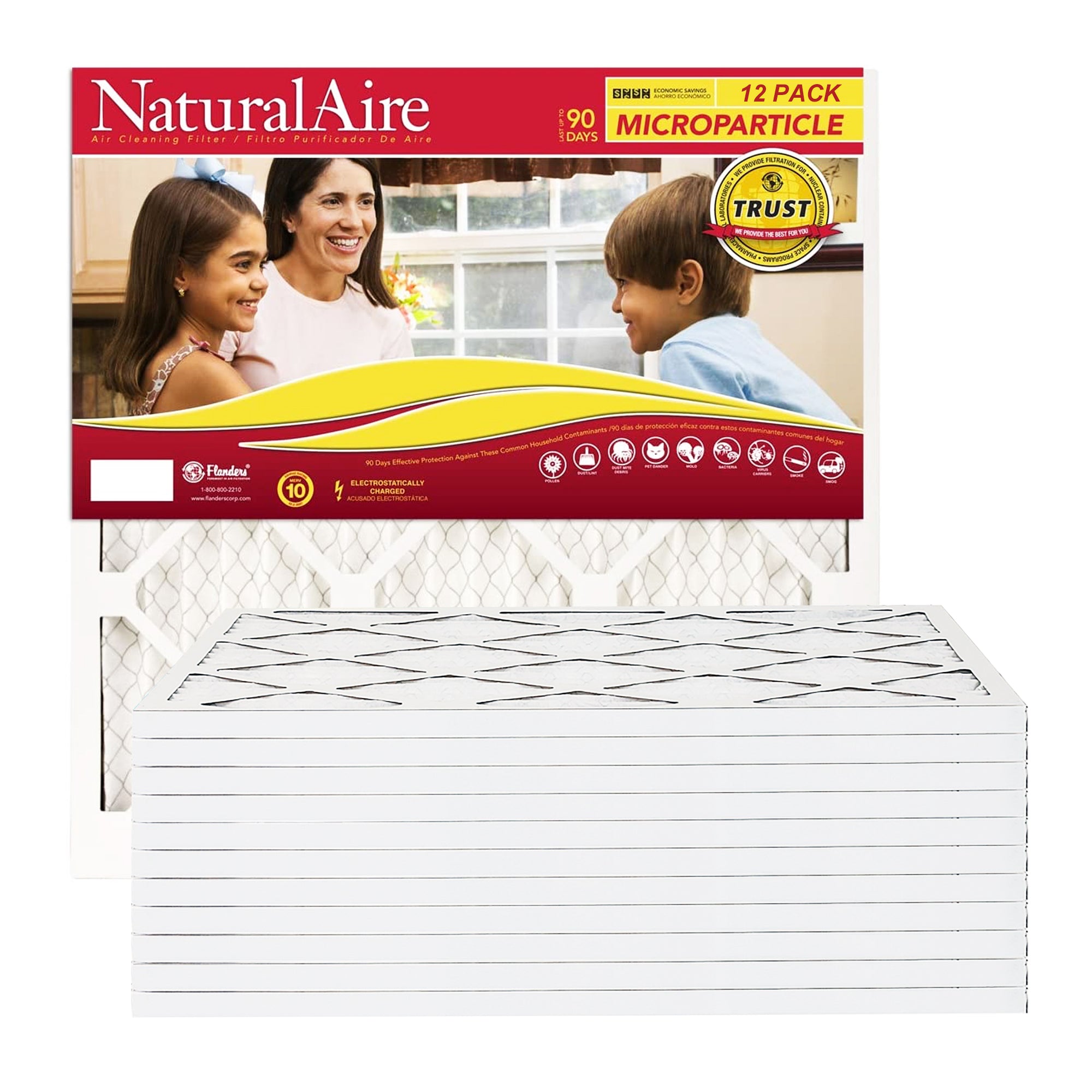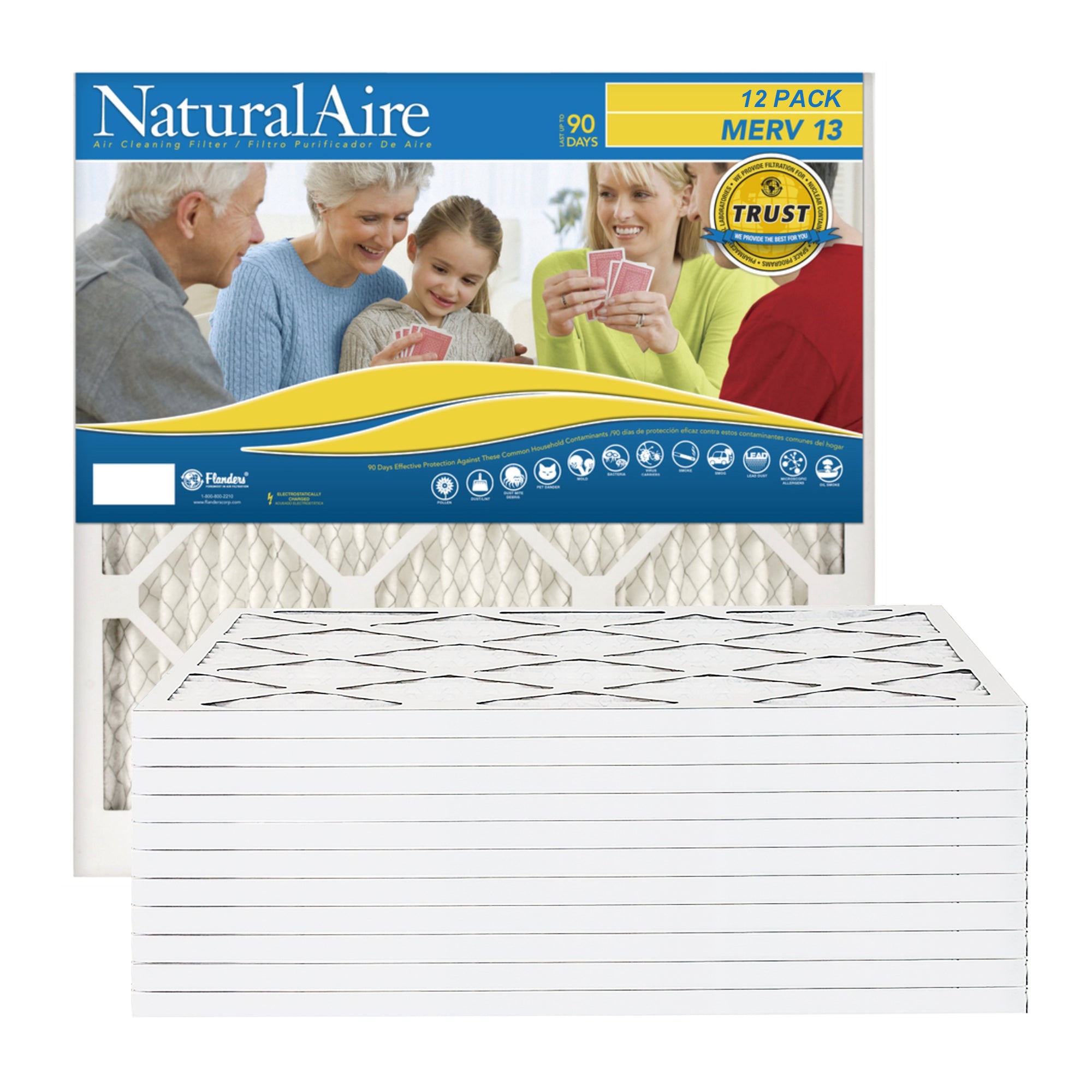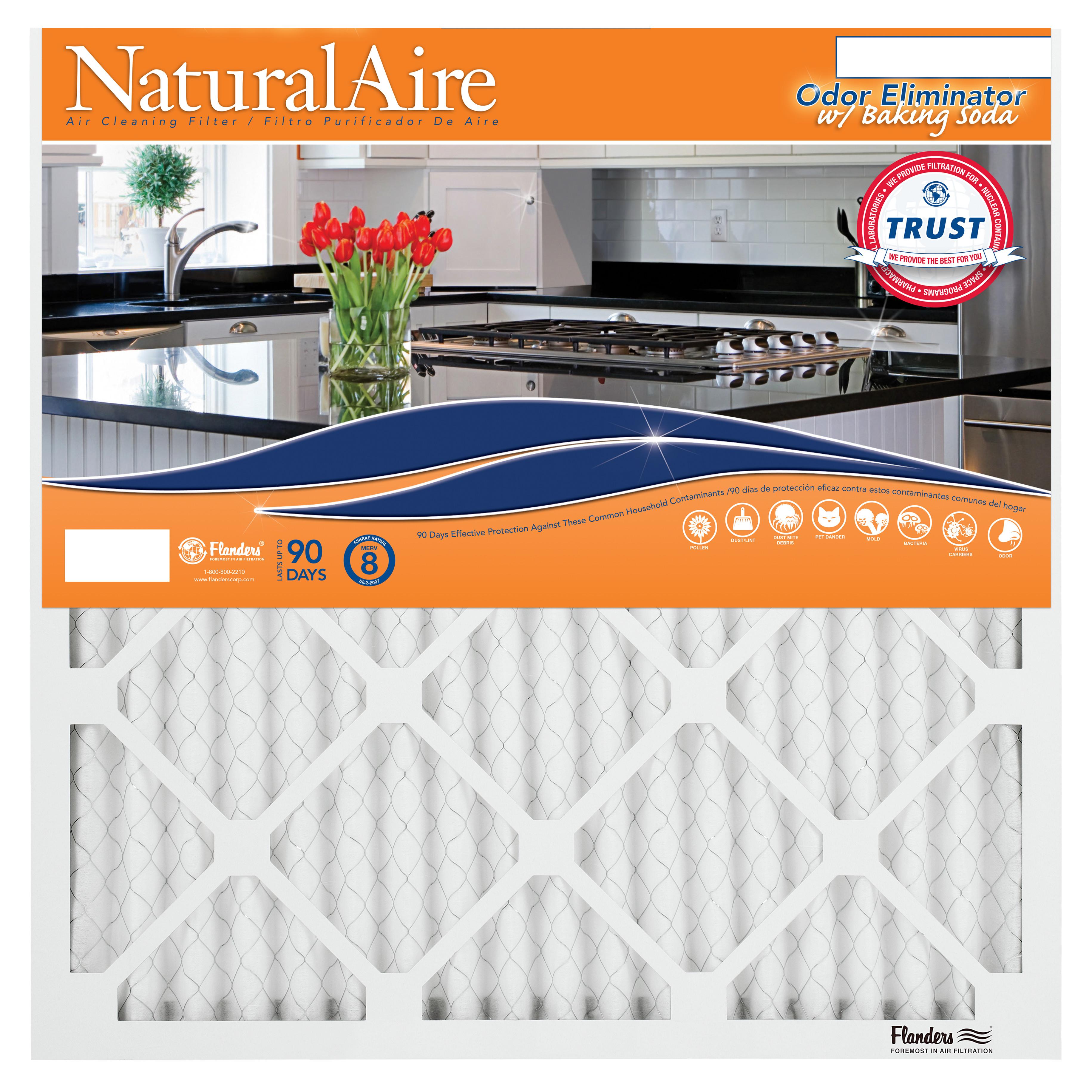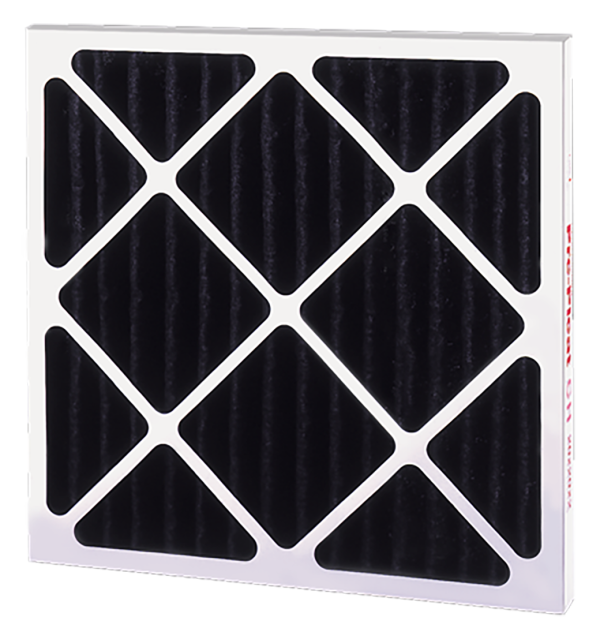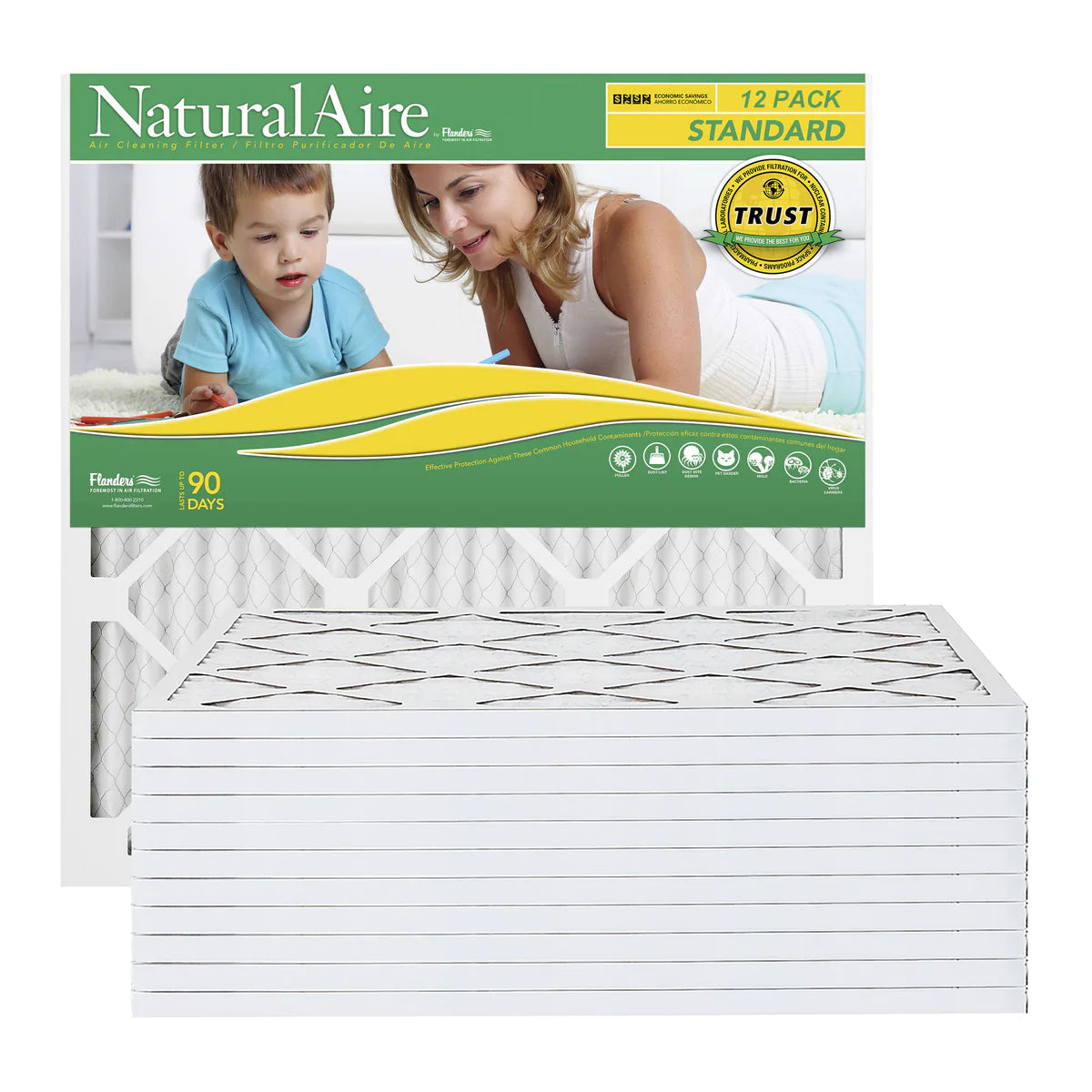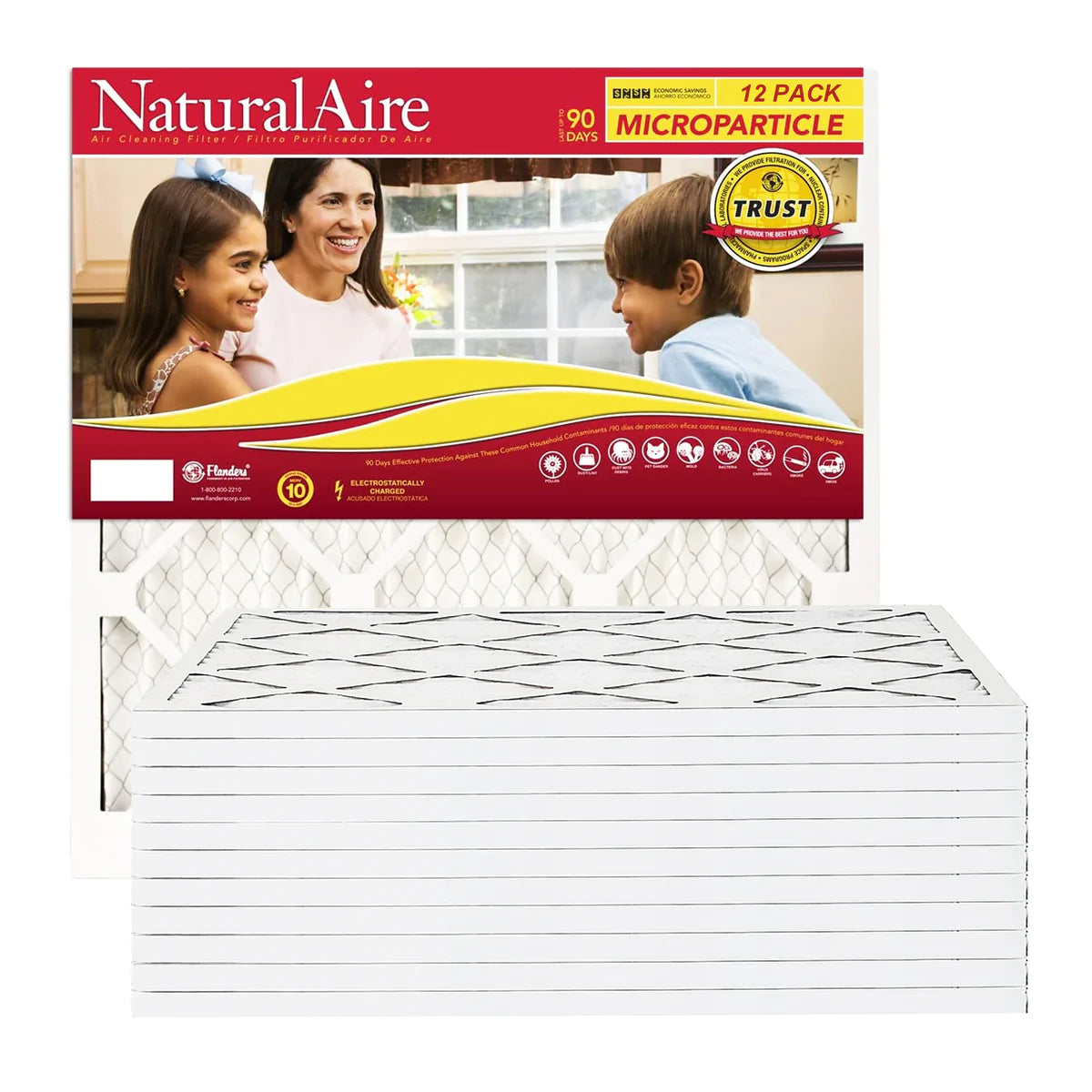Whether you plan on building your home or working for a contracting company, you should think about the types of pollutants that come from building materials. Although the perks of a newly constructed building might be hard to resist, your health should come first.
Thankfully, as long as you know which chemicals to look out for, you can avoid coming into contact with these irritants. This guide will help you answer the question of what pollutants come from new building materials.
Formaldehyde
Formaldehyde is a carcinogen that irritates the eyes, skin, and respiratory system. Unfortunately, you can also find it in plywood, fiberboard, and particleboard. Urea-formaldehyde is a common material for wood manufacturers to use, but the downside is that it slowly releases formaldehyde into the atmosphere over time.
Volatile Organic Compounds
Volatile organic compounds (VOCs) can come from various building materials. From caulks and sealants to paint and flooring, VOCs seem to come from everywhere when you’re trying to build a new home.
For this reason, letting your home air out after you work on a project is essential for preventing lung irritation. Some of the side effects of VOCs are nausea, dizziness, and headaches.
If you’ve ever been in a room after someone applied a fresh coat of paint, VOCs are likely the reason why you might have felt light headed. Therefore, installing custom HVAC filters in your home’s system is critical for keeping everyone safe from ingesting harmful pathogens.
4-PCH
Most people are aware that a new carpet will have a strong odor. However, what you might not know is that the reason for this smell is due to the presence of 4-phenylcyclohexene (4-PCH). Carpet manufacturers use this chemical in carpet backing, but it’s severely harmful if you come into contact with it.
Researchers are still figuring out the threat level that 4-PCH poses for humans. But it remains a consistent problem for owners of new rugs or carpets. A brand-new carpet will contain other carcinogens as well, including formaldehyde and styrene. As if these compounds weren’t enough, carpets are also hotspots for mold, dust, pollen, and dirt, which is why regular vacuuming is vital to maintaining a healthy home.
Overall, indoor pollutants are not something you should take lightly. Now that you know what pollutants come from new building materials, you can use this knowledge to keep you and your family safe.


